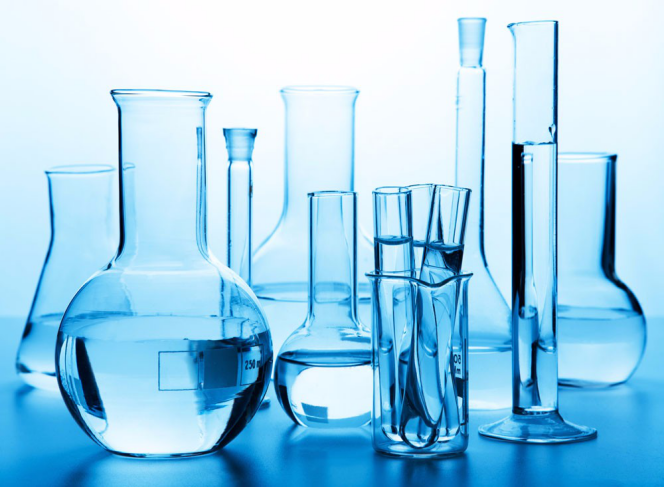In winter, the weather is changeable, the temperature is low, and the egg production rate of hens is prone to fluctuating. How can the chicken production rate be stable?
Cold insulation first must be cold insulation, but if too much emphasis on insulation, leading to poor ventilation in the house, dust, increased ammonia concentration, chickens are particularly prone to respiratory diseases, such as laryngotracheitis, bronchitis. Therefore, under the premise of keeping warm, the air in the house should be well regulated, and the ventilation can be carried out between 11 o'clock in the morning and 2 o'clock in the afternoon. Be careful that the vents are staggered to prevent drafts.
Supplementing the light and supplementing the laying hens requires an illumination time of 16 hours, and the natural lighting deficiency should be supplemented to prevent fatigue. What's more important is to add feed to the chute, and the energy level of the feed is higher than in summer and autumn. It is best to add some oil. If the lighting time is long and there is no material in the feed chute, the chicken will continue to move back and forth in the cage. It is easy to get fatigue, pheasants and even dead chickens.
Preventing Diseases Some people think that winter temperatures are low, viruses and bacteria are sparse, and disinfection of chicken houses is neglected. Causes diseases such as E. coli, salmonella, infectious rhinitis, and chicken gizzards. So be sure to pay attention to disinfection. When sterilizing, because of the cold weather, it is best to use water disinfection. This will have a stable egg production rate in the winter.
LCZ696 (Valsartan/sacubitril) is a combination drug for use in heart failure developed by Novartis. It consists of the angiotensin receptor blocker valsartan and the neprilysin inhibitor sacubitril, in a 1:1 mixture by molecule count. It may be used instead of an ACE inhibitor or an angiotensin receptor blocker in people with heart failure with reduced ejection fraction. The combination is sometimes described as an "angiotensin receptor-neprilysin inhibitor" (ARNi).
It was approved under the FDA's priority review process on July 7, 2015. It is also approved in Europe.
We produce a series of complete intermediates for LCZ696, intermediate I (CAS No. 1426129-50-1) and intermediate II (CAS No. 1012341-50-2) etc.
All of our products are with stable production and strict quality control, making sure your experience with Sunshine Biotech is always enriching, satisfying and fulfilling.

Lcz696 Intermediates,Cas 1426129-50-1,Cas 1012341-50-2,High Purity Lcz696 Intermediate
Nanjing Sunshine Biotech Co., Ltd , http://www.sunshine-bio.com